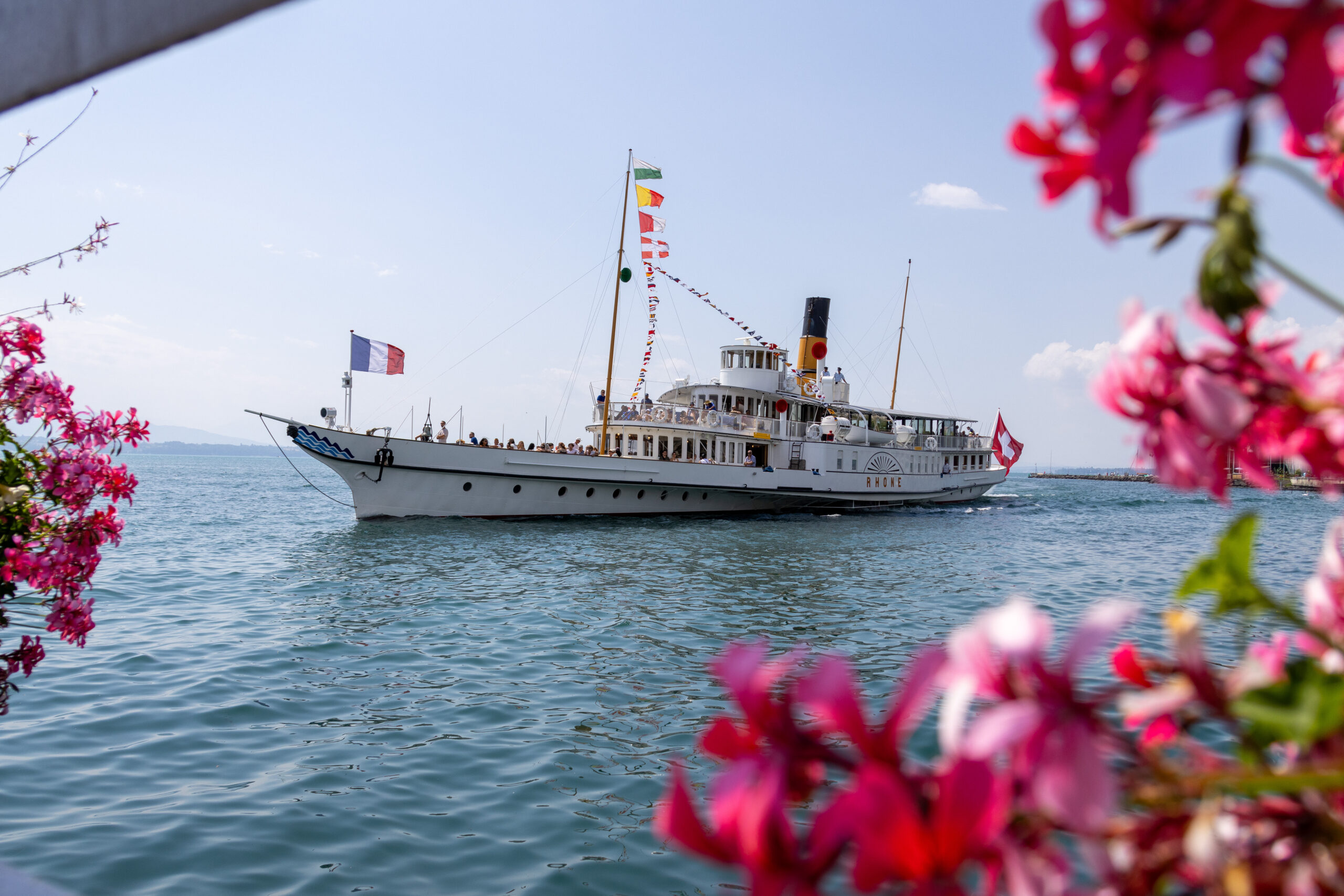
“C’est le premier août ! Le bar est ouvert !” It was 10:30 a.m. and we were boarding a steamboat to celebrate Switzerland’s 733rd birthday in neighboring France.
We herded like cattle amongst elderly Swiss German and French speaking tourists, some sporting matching brown backpacks won by points accumulated from the local grocery store, hands ready for the captain to scan their QR codes printed from home.
“That’s the Jura Mountain range,” my Swiss husband pointed out across the turquoise water ahead, “and that side over there you can tell is France, because it’s ugly.”
The relationship between French-speaking Switzerland and the République next door, only a 15-minute drive away from Geneva, is all the more fascinating to me with each passing year I live here. December marks Geneva’s escalade celebration, commemorating the attempted attack by the French army in 1602. Swiss chocolate shops sell elaborately decorated chocolate pots filled with marzipan vegetables, paying tribute to Catherine Cheynel, the Mere Royaume who, according to Swiss legend, dumped boiling vegetable soup on those nasty cheese eating (not even gruyere, mind you), bike stealing, baguette-carrying, husband snatching French.
Three years following the Euro Cup, we still feel victorious about beating France and its star player Kylian Mbappé by one point. We critique France’s unpaved roads, the cheese in their fondue, and their public transport never being on time (“the boat is two minutes late! That must be because we’re going to France!”).
And despite this, we feel proud watching Paris’s innovatively orchestrated opening to the 2024 Olympic games. We read about France’s legislative elections more attentively than the monotonous political updates from Bern, and feel a sense of relief learning that the national right has not yet won. We cheer on Emilien as he answers yet another question correctly on les 12 coups de midi, and the musical theatre child within me eagerly awaits the next episode of Mask Singer.
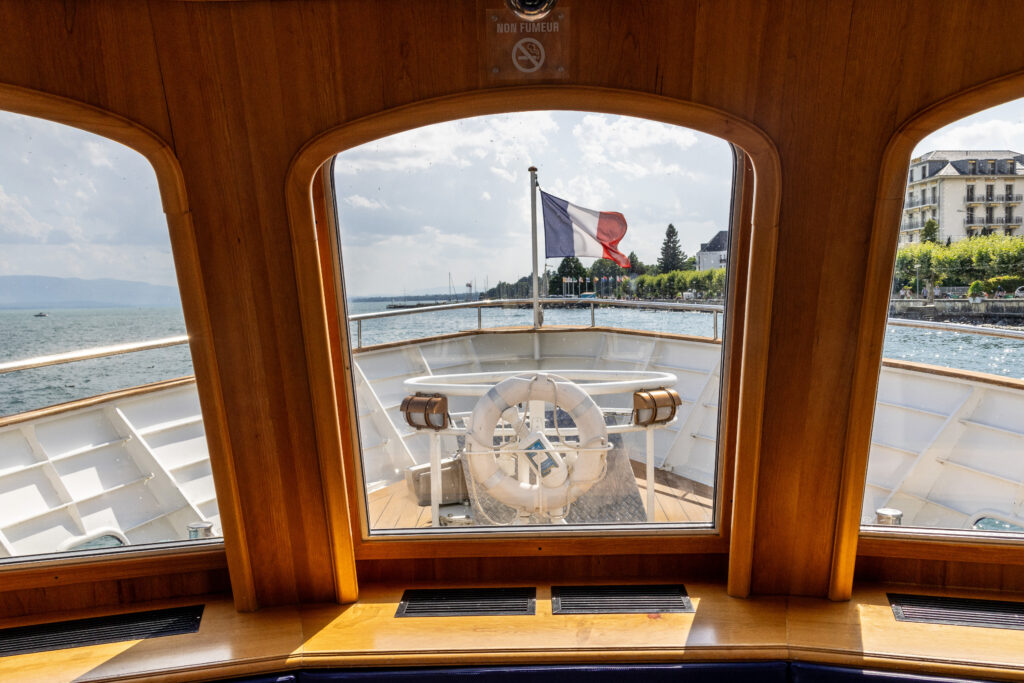

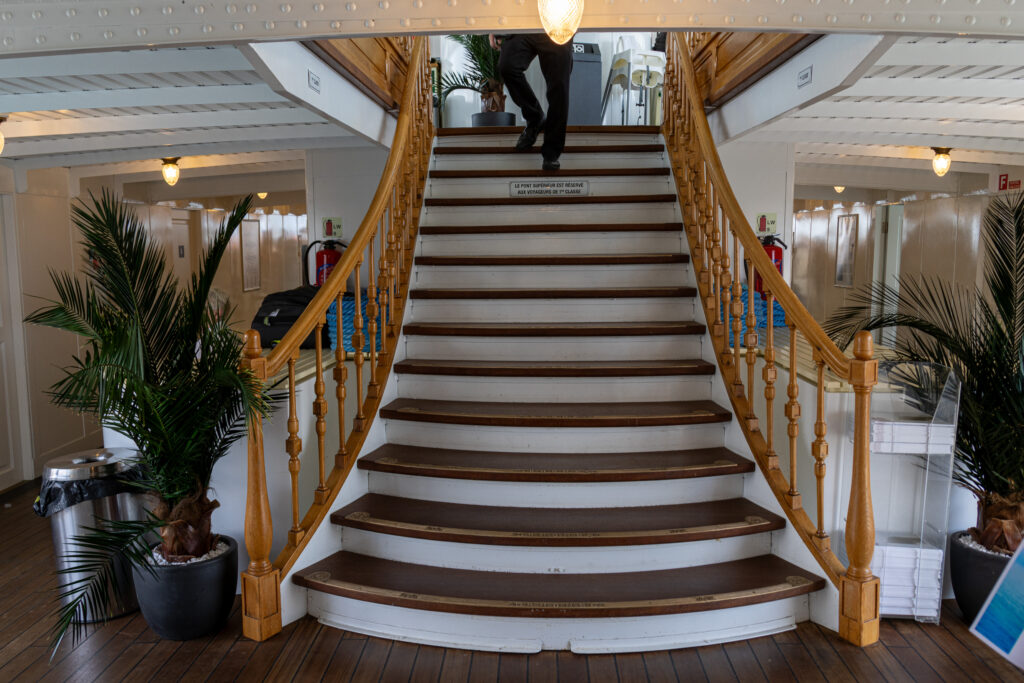
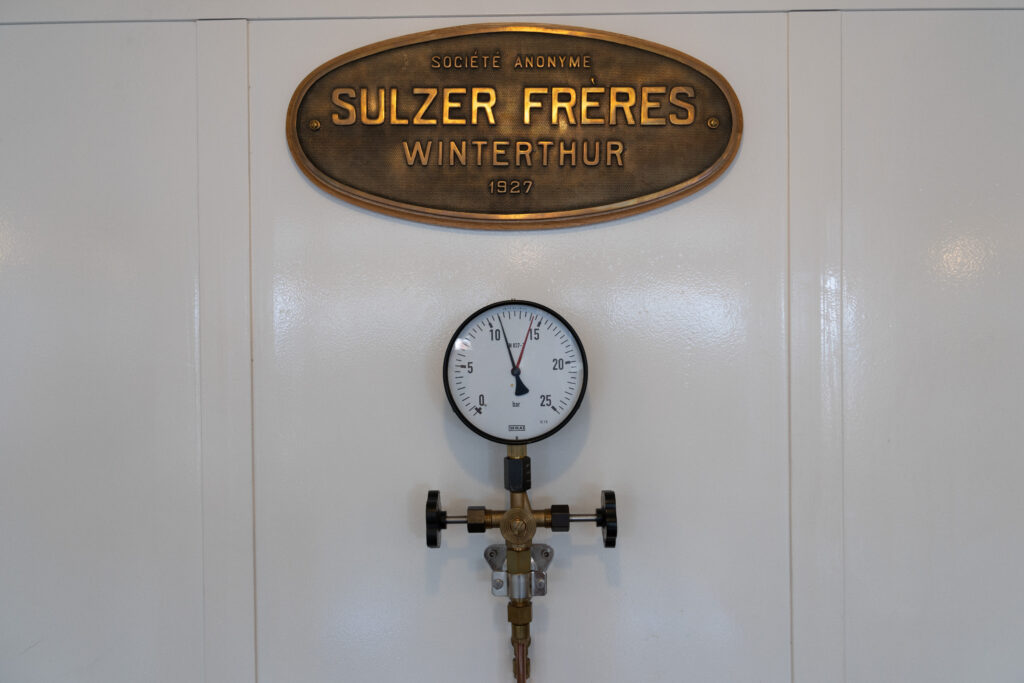
As the 1920’s steamboat chugs alongside villages on Lake Geneva, we spot towering piles of wood to be burned later that evening, a tradition dating back to the Middle Ages to celebrate the communities of Uri, Schwyz and Nidwalden uniting and pledging to help one another in times of peril. This Federal Charter is considered as Switzerland’s founding document, with August 1st being proclaimed as Swiss National Day in 1899.
As the crew begins to rope the steamboat to the dock, we are welcomed by a château overlooking the lake. Owned by the Yvoire family since the 17th century, the château remains closed to the public, adding to its bewitchment.
“Je dégouline ! C‘est a cause du médicament,” my mother-in-law says, fanning profusely in the 35°C heat (95°F). We join the masses and head uphill towards Yvoire’s cobblestone streets and wooden shops hidden beneath vibrant hydrangeas and geraniums. The scene reminds me of Belle’s provincial town in Beauty and the Beast, only lacking a nearby bookshop to briefly escape the sweltering heat upon my freckled skin.
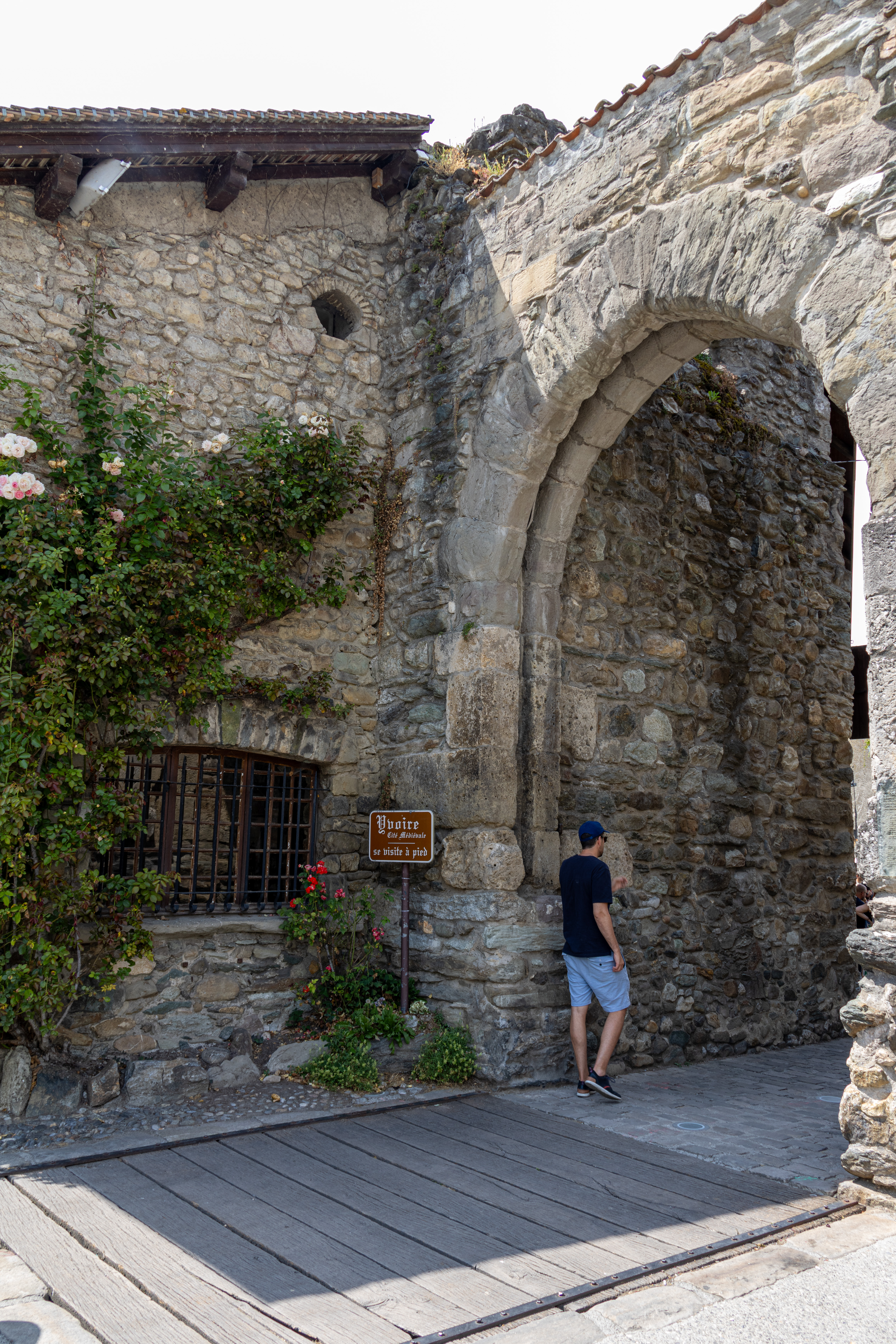
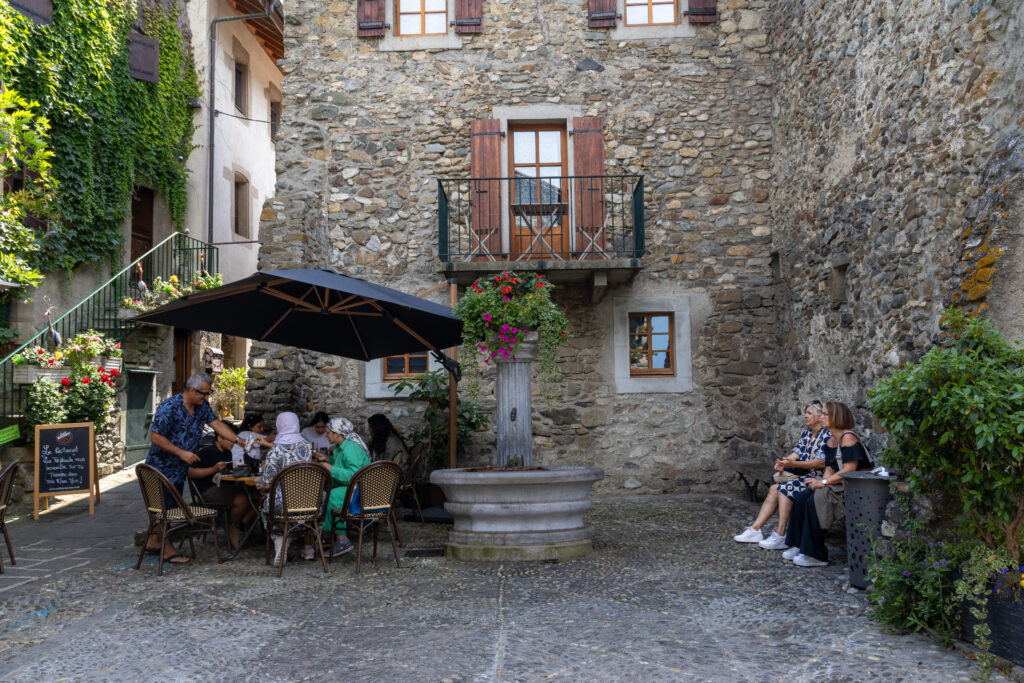
Within a few minutes we had made our way throughout most of the medieval village, arriving at the Restaurant La Vieille Porte. “Eat within our 700-year-old walls!” the menu read. Age is a selling point when traveling, so why doesn’t this factor apply to humanity as well? We had drifted from our usual perch fillet joint across the street, Le Pré de la Cure, which felt a bit like committing adultery.
Alongside the lake, restaurants often offer two varieties of perch fillets – the fresh local catch of the day, or the imported version from Estonia. Connoisseurs swear by the difference in taste. Growing up in middle America, my tastebuds are accustomed to genetically modified fruits and vegetables. I thoroughly enjoy washing down Swiss or Estonian fish with lemon-butter sauce, accompanied by a crisp glass of rosé. We ate in true Swiss and French fashion, beginning by opening the palette with the house aperitif, followed by a starter and main course, and concluding with an Alpine dessert of génépi ice cream and blueberries. Eating in this country is a religion. To eat under two hours, without taking pleasure in the meal or company autour de la table, would be pure blasphemy.

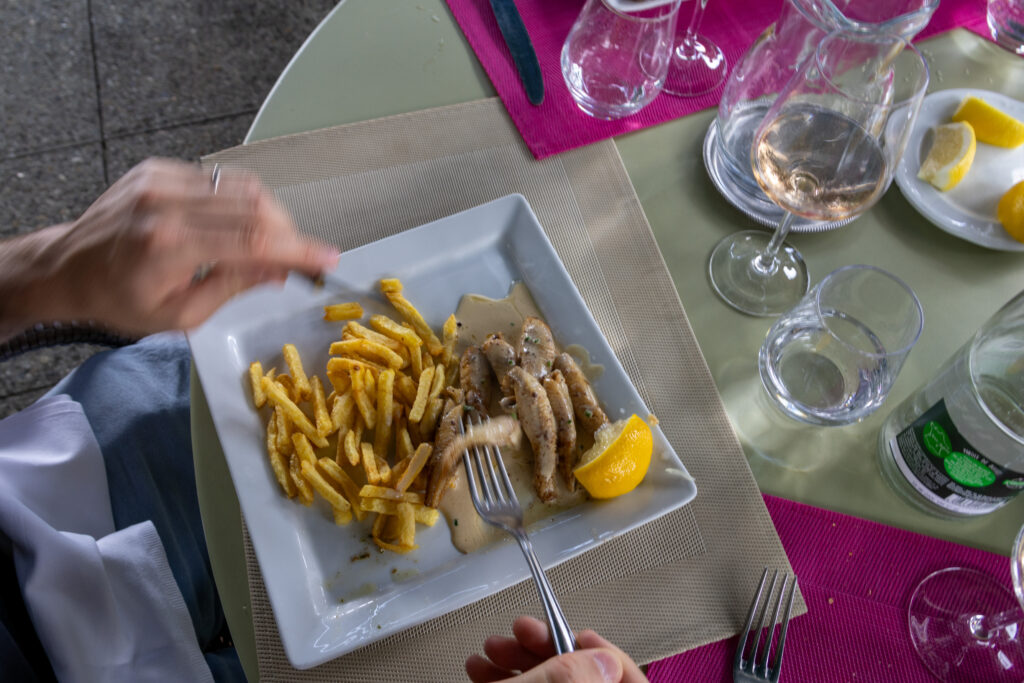
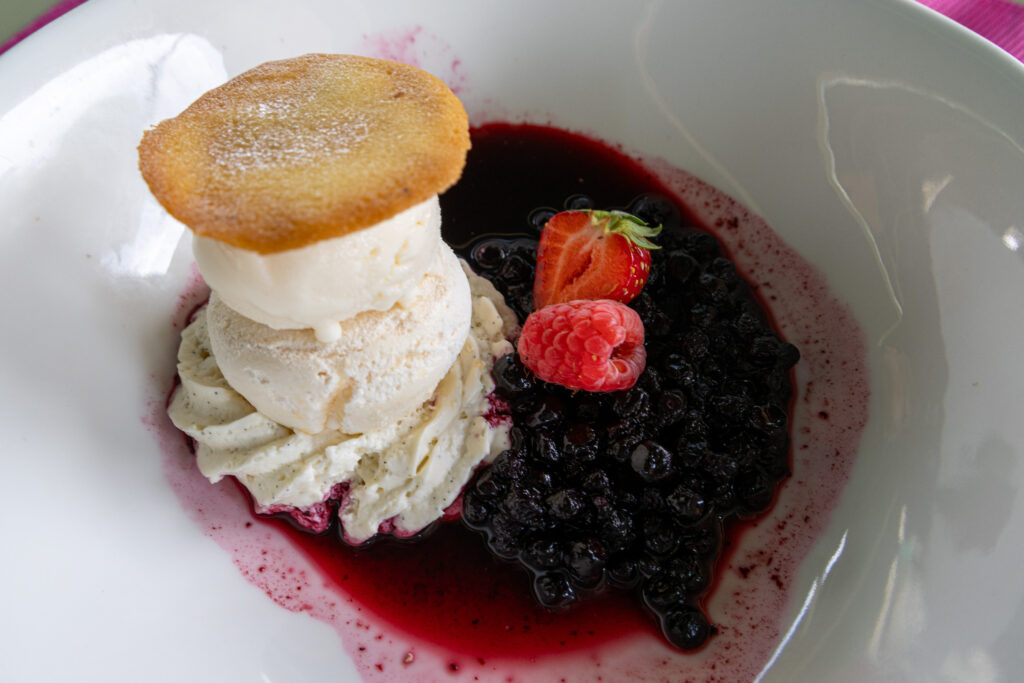
Following our meal, we took une balade digestive, literally translating into a digestive stroll. This is an integral part of the meal, allowing at least 15 or 20 minutes to help your stomach succumb to the shock following two, perhaps three, hours of devouring a delectable three-course meal, topped with espresso to finish. We returned down to the dock and dipped our toes in the lake, sharing the space with nearby swans and ducklings.
With our heads near here nor there from one too many sips of rosé, coupled with the August heat, we decided to embark on our return boat to Geneva, where we joined the Swiss National Day festivities in the city’s Parc de la Grange. Families and Tinder dates stood in lengthy queues for raclette, portable fondue sandwiches and sausage. As nightfall gradually crept forward, the crowd gathered around a towering fire pit, like mosquitos drawn to a light trap. As the black smoke filled the clean Alpine air, I realized that this tradition may too, take me a few more years to fully understand.
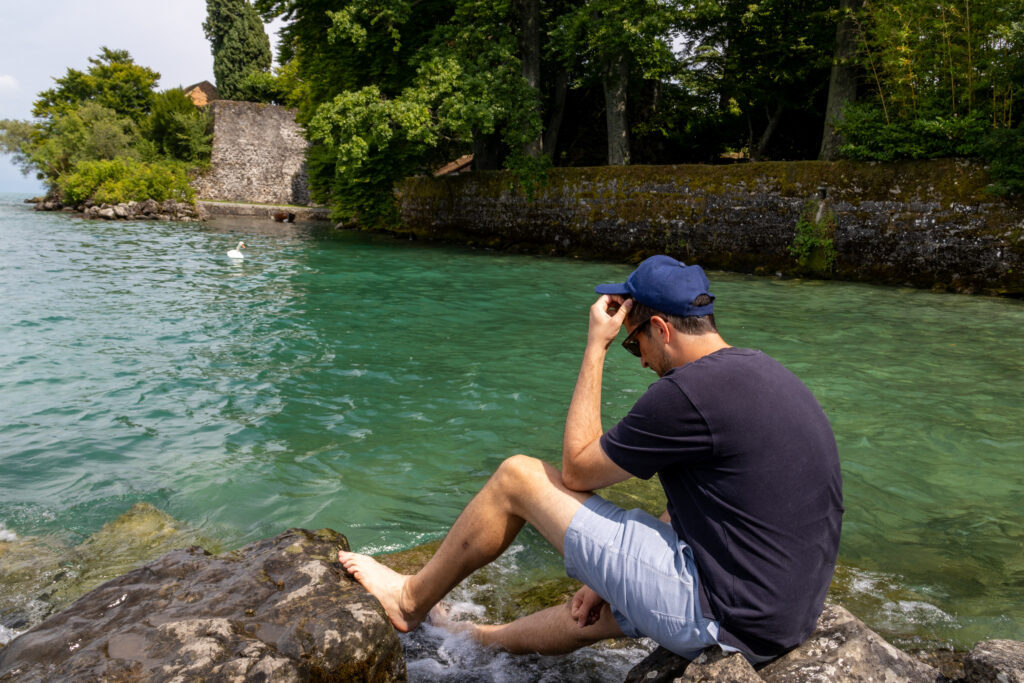
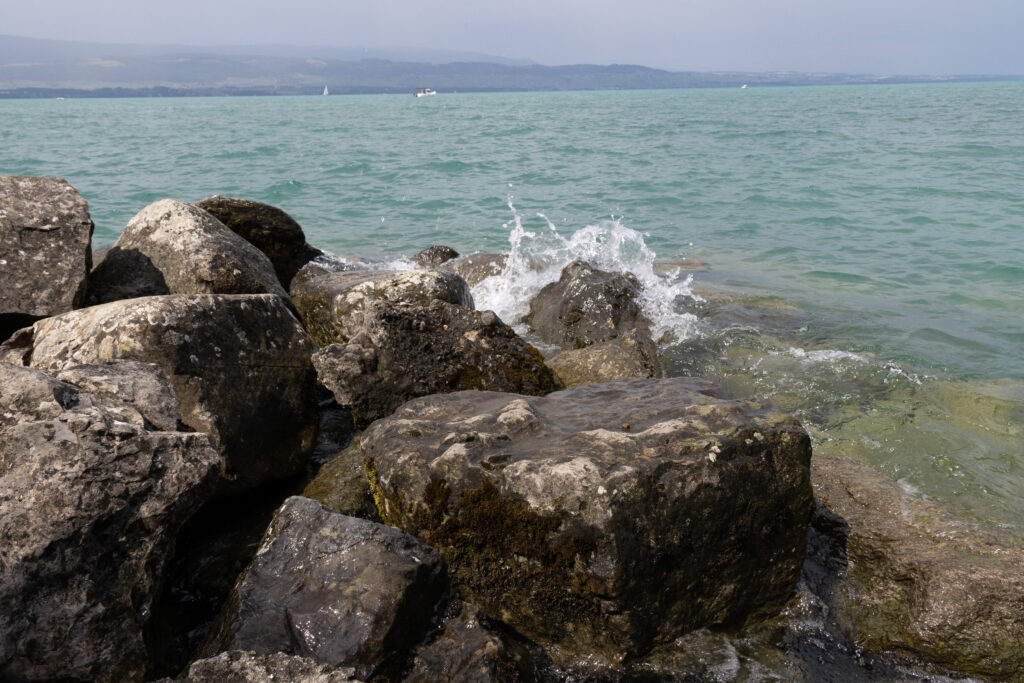

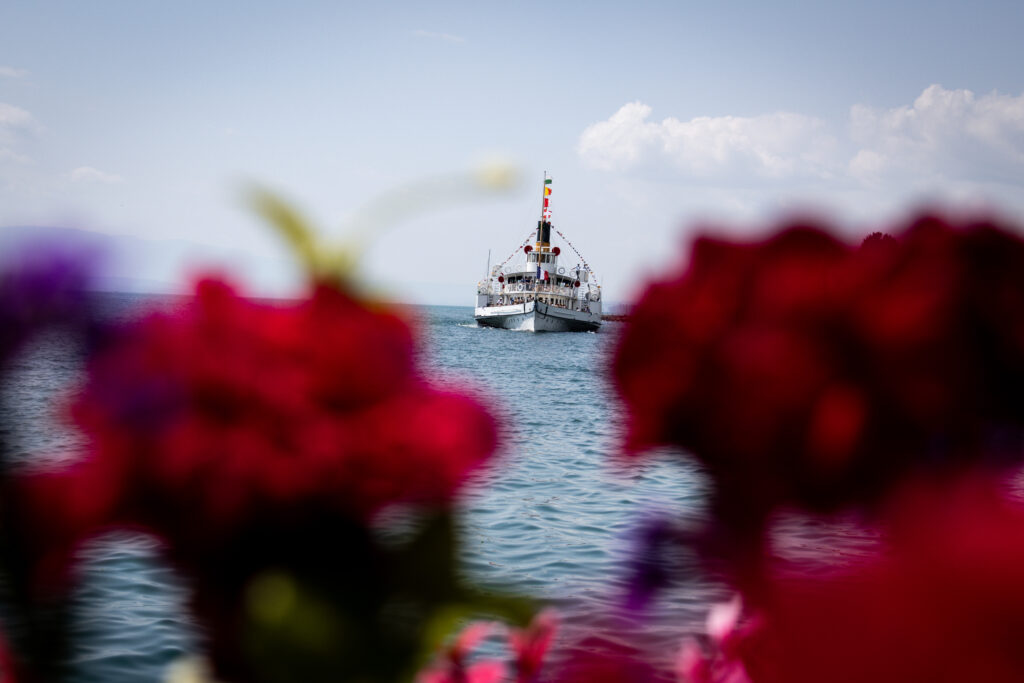
Interested in experiencing Switzerland’s Belle Epoque fleet? Tickets and timetables may be accessed here: https://www.cgn.ch/en/horaires-billets
Resources:
https://www.eda.admin.ch/aboutswitzerland/en/home/gesellschaft/traditionen/nationalfeiertag.html

Mais c’est génial ton blog!!!